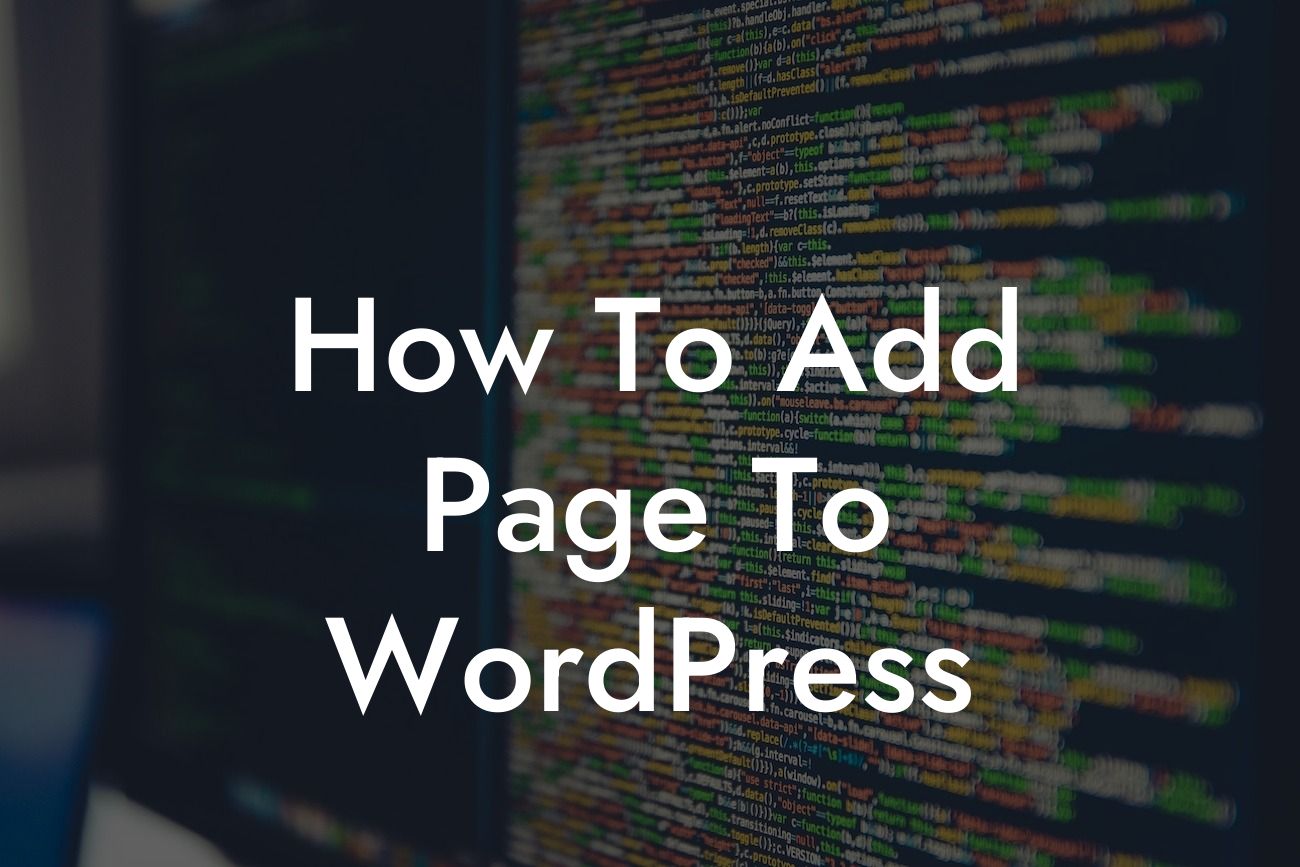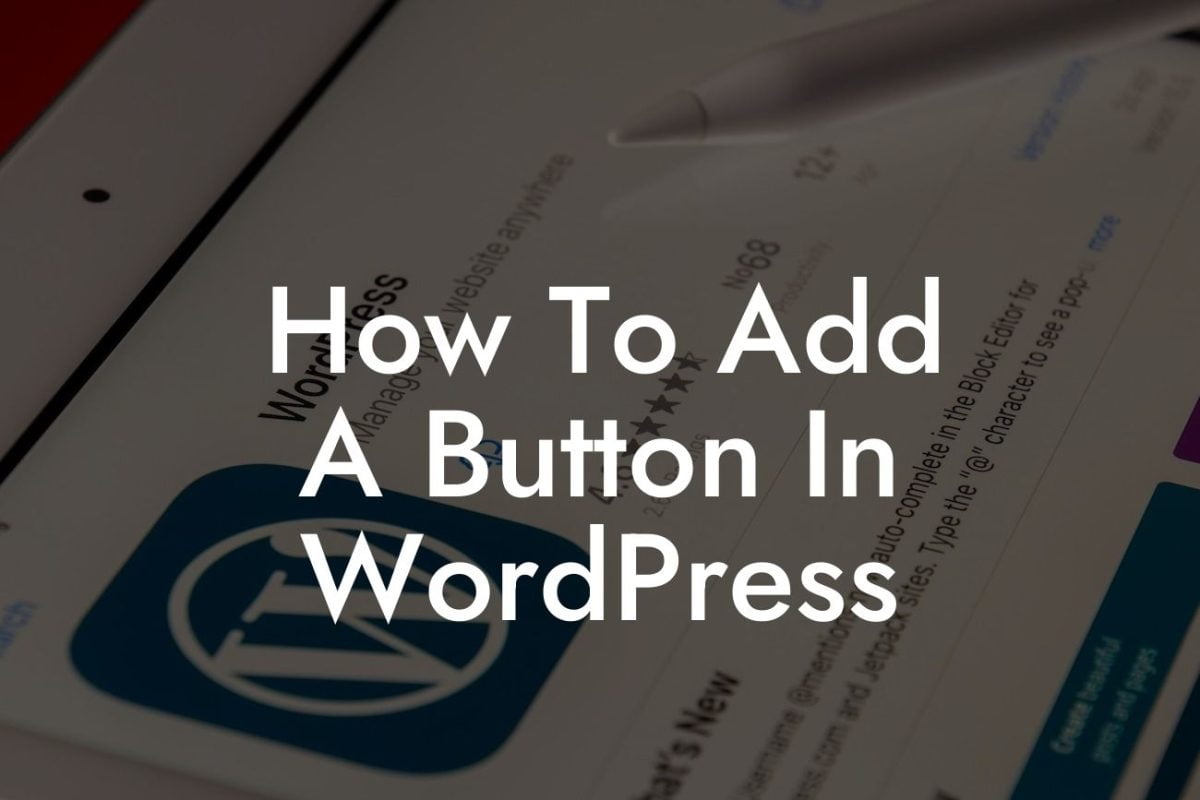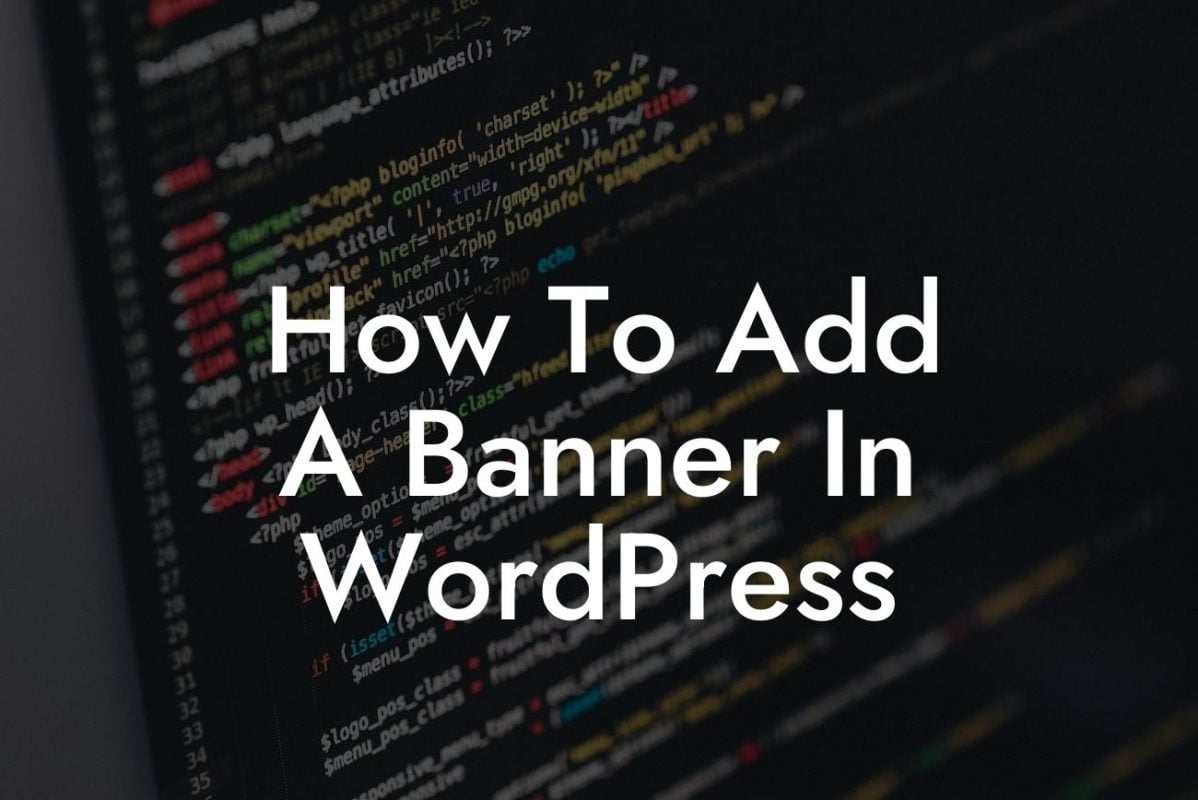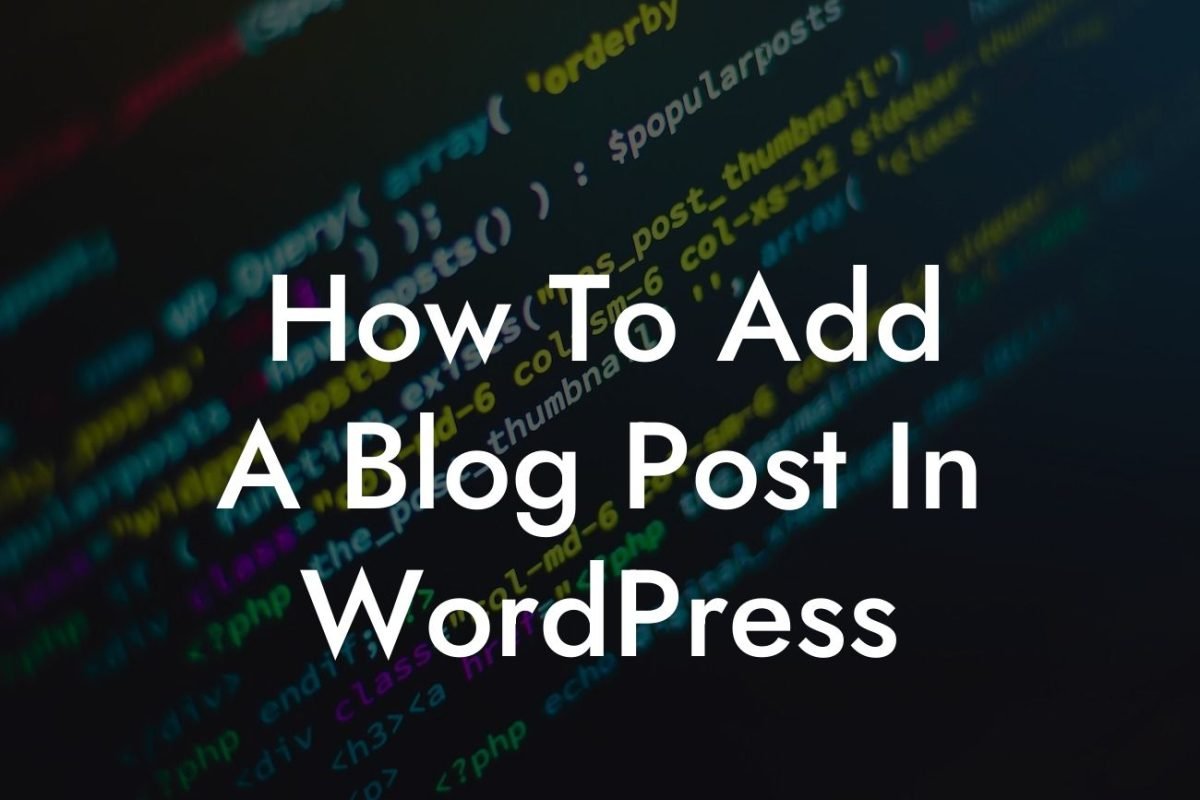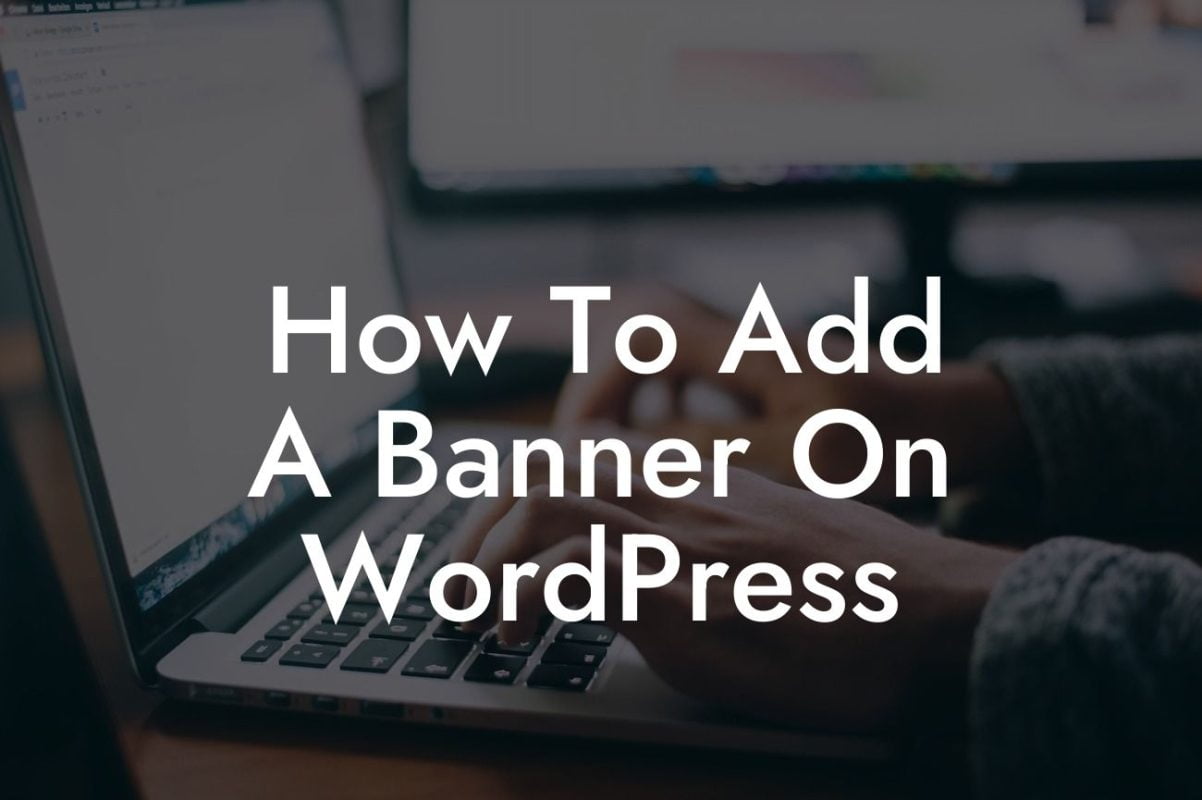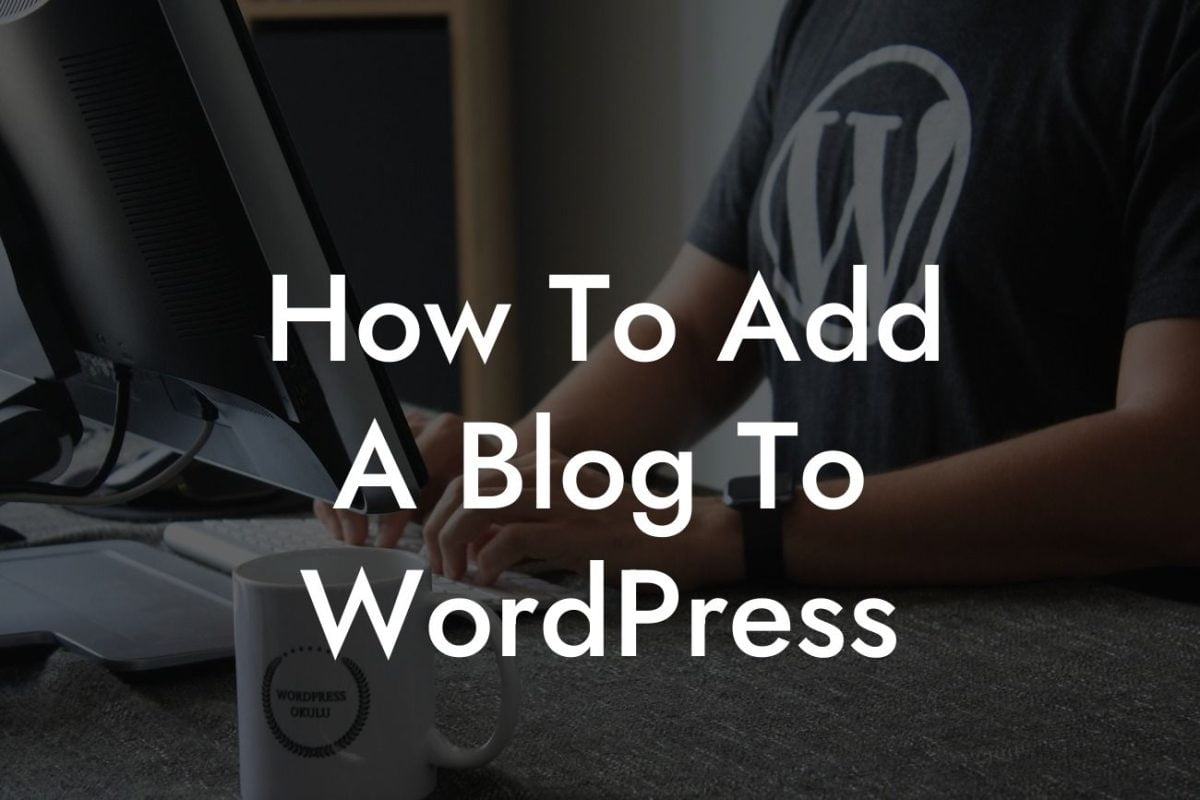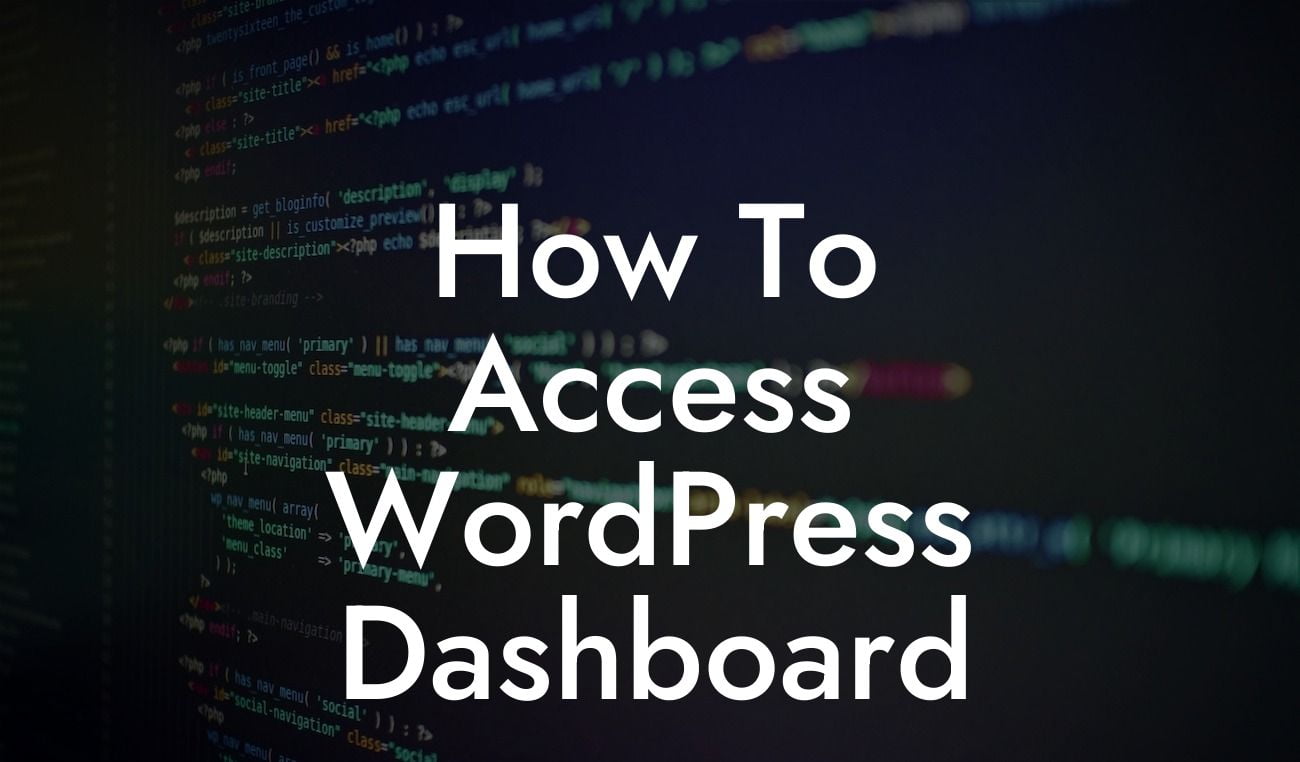Adding new pages to your WordPress website is an essential skill for any small business owner or entrepreneur. Whether you want to showcase your products and services, provide valuable information to your audience, or create a powerful landing page, knowing how to add a page to WordPress will empower you to take full control of your online presence. In this comprehensive guide, DamnWoo will walk you through the step-by-step process of adding a page to WordPress, from creating a new page to customizing it with engaging content and optimizing it for search engines. Say goodbye to cookie-cutter solutions and embrace the extraordinary possibilities of WordPress page creation.
Creating a New Page:
To start adding a new page to your WordPress website, log in to your WordPress dashboard and navigate to the "Pages" section. Click on "Add New," and you'll be redirected to the page editor screen. Here, you'll find a blank canvas ready to be filled with your creative ideas.
Customizing Page Settings:
Before diving into the content creation process, it's essential to take a moment to customize your page settings. DamnWoo recommends paying attention to the following:
Looking For a Custom QuickBook Integration?
1. Page Title and Permalink: Craft a compelling and relevant page title and ensure that the permalink is concise and reflects the content of your page.
2. Page Attributes: You can assign a parent page or template to your new page to maintain a structured website hierarchy.
3. Featured Image: Enhance the visual appeal of your page by selecting an eye-catching featured image that aligns with your brand.
Adding Content:
An engaging page needs captivating content that grabs attention and delivers value. DamnWoo suggests the following tips for crafting compelling content:
1. Utilize Headings and Subheadings: Use H2 and H3 tags to structure your content and make it more readable for both your visitors and search engines.
2. Incorporate Bullet Points and Ordered Lists: Break down complex information into easy-to-digest lists, enhancing the readability and scannability of your content.
3. Add Relevant Media: Embed images, videos, infographics, or interactive elements that support your content and engage your audience.
Optimizing for SEO:
Getting your page noticed by search engines is crucial for driving organic traffic. DamnWoo recommends the following SEO optimization practices:
1. Focus Keyword: Select a focus keyword that represents the main topic of your page and incorporate it naturally throughout your content.
2. Meta Tags and Descriptions: Craft a compelling
3. Authoritative Internal and External Links: Include relevant internal links to other pages on your website and external links to reputable sources that add value to your content.
How To Add Page To Wordpress Example:
Imagine you're a food blogger who wants to add a new page to your WordPress website showcasing your collection of mouthwatering dessert recipes. By following the steps above, you can easily create a beautifully designed page with stunning images, tantalizing descriptions, and organized recipes. With DamnWoo's powerful WordPress plugins, you can even add interactive cookbooks and social sharing features, transforming your dessert page into a true culinary paradise.
Congratulations! You've successfully learned how to add a page to WordPress. Now, it's time to unleash your creativity and create remarkable pages that will captivate your audience. Remember to explore the other guides and resources DamnWoo offers to take your WordPress experience to the next level. Supercharge your success by trying one of our awesome and exclusive WordPress plugins, designed specifically for small businesses and entrepreneurs. Don't forget to share this article with others who can benefit from it and leave a comment below with your thoughts and questions. Cheers to extraordinary WordPress page creation!

